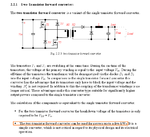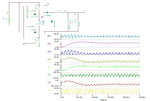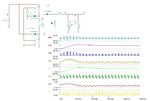A
ats2
Guest
Hello,
I have to desgn 115-305 Vdc input and 28 Volts output 450 Watts DC-DC converter. Can you offer a topology for this application? The input voltage range is wide, it makes difficult to choose a controller.
Thanks.
I have to desgn 115-305 Vdc input and 28 Volts output 450 Watts DC-DC converter. Can you offer a topology for this application? The input voltage range is wide, it makes difficult to choose a controller.
Thanks.



